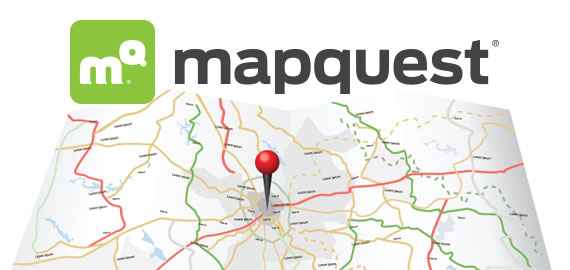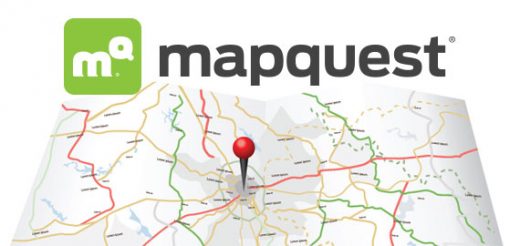How 1 MapQuest Campaign Made Users 1,000% More Likely to Share Their Data
September 29, 2016
Success in today’s digital-first marketplace isn’t about a single purchase or a single brand/customer interaction: it’s about taking effective advantage of today’s unprecedented data collection capabilities and the digital tools at your disposal to build and maintain strong relationships with your audience. That’s what will pay off over the long haul.

But that’s easier said than done. Customers generally aren’t going to share personal data with your brand out of the goodness of their heart. Some won’t share data under any circumstances; however, a lot will—if you know how to ask them the right way. How do you do that? By being thoughtful about your audience and using today’s user messaging tools to reach them effectively, the way that digital mapping innovator MapQuest does.
MapQuest’s goal: Get customers to share mutually beneficial personal data
When a customer uses a mapping app like MapQuest’s, they’re usually looking for directions from where they currently are to somewhere they want to go. For a lot of trips, one of those two locations is the user’s home or office—meaning that many people will type in their home or work address over and over while using the app, slowing down their search and providing a less convenient user experience.
To smooth that user experience and save its audience valuable time, MapQuest makes it possible for members of its audience to save their home and work addresses within the app. But only 8% of its users actually added that customer information, and 50% of those users did so the first time that they used the app, making it unlikely that many current users would ever take that step on their own.
MapQuest’s winning strategy: Use smart messaging to encourage customers to take action
In order to move the needle, MapQuest turned to customer messaging. They sent push notifications that nudged their users to save their work and/or home addresses. The outreach utilized send-time optimization to ensure that users received messages at times when they were the most likely to engage, increasing the chances that they took action. In addition, MapQuest deep linked from the push notifications directly to an in-app page where users could add their home and work addresses, providing a seamless experience and reducing the chances that an interested customer failed to input the requested information after receiving the campaign.
All told, recipients of the campaign were 1,000% more likely to add their home or work address than users who didn’t receive the push notifications. But MapQuest saw additional opportunities to iterate and optimize the campaign, in part by personalizing the push notifications sent to customers, leading to an additional 82% increase in users inputting the requested information compared to the recipients of the initial campaign.
What marketers can learn from MapQuest
It takes time and effort to ask app users to share personal data beyond what’s automatically being tracked by your mobile marketing platform—so before you do, it’s important to make sure that collecting data will provide real benefits for your brand and for the customers it serves. In MapQuest’s case, collecting home and work addresses from their audience helped customers by providing them with a better, smoother user experience, which in turn helped MapQuest by better demonstrating their app’s value to their audience, giving people more incentive to keep using it over the long haul. That kind of virtuous circle is a powerful tool for building strong, mutually beneficial customer/brand relationships.
Once you’ve identified customer data that can provide real value, it’s not enough to just blast your audience with a request for it. MapQuest used a variety of tools to make their customer outreach more effective—and it worked brilliantly, significantly increasing the odds that a customer shared the information the brand was seeking. But the most significant thing that MapQuest did was refuse to rest on its laurels. By iterating on its campaigns and making use of personalization and other additional tools to optimize its outreach, the company was able to learn from its first round of push notifications and make additional progress.
Business & Finance Articles on Business 2 Community
(8)


